Optimal Timing for Foundation Repairs

Spring offers moderate temperatures and stable ground conditions, making it suitable for repairs.

Summer can be challenging due to high temperatures and dry soil, but repairs can still be effectively scheduled.
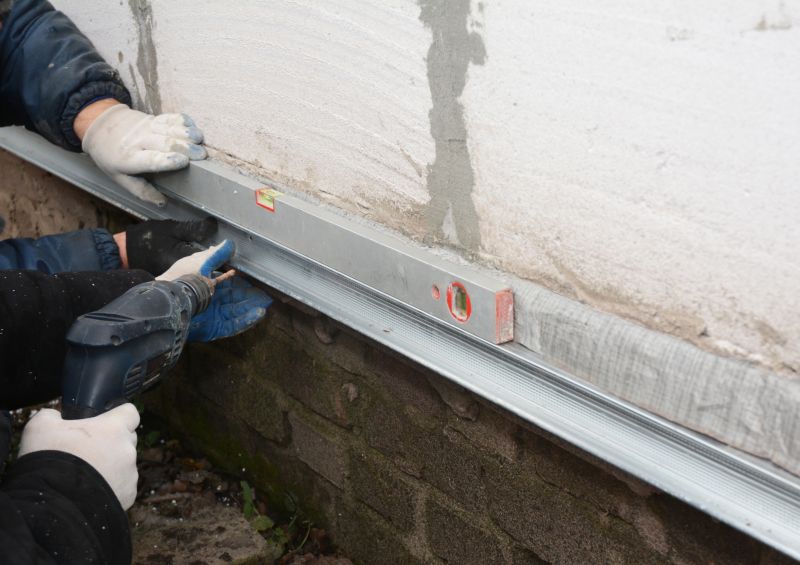
Fall provides cooler weather and less moisture fluctuation, ideal for foundation work.

Winter repairs are possible but may be limited by freezing temperatures and frozen ground.

Weather conditions significantly influence the timing and success of foundation repairs.

Soil stability varies seasonally, affecting the optimal window for repairs.

Ways to make Foundation Repairs work in tight or awkward layouts.

Popular materials for Foundation Repairs and why they hold up over time.

Simple add-ons that improve Foundation Repairs without blowing the budget.
Foundation repairs are essential for maintaining the structural integrity of a building. They address issues such as settling, cracking, and shifting that can compromise safety and property value. Timely repairs can prevent further damage and costly renovations. Understanding the best timing for repairs helps ensure effective and long-lasting results.
Statistics indicate that nearly 25% of homes in Michigan experience foundation problems at some point. Seasonal variations, soil type, and weather patterns contribute to these issues. Repair methods vary depending on the severity and timing, including underpinning, piering, and stabilization techniques. Proper planning based on seasonal conditions can improve repair outcomes and durability.

A typical repair involves assessment, stabilization, and reinforcement to restore structural integrity.
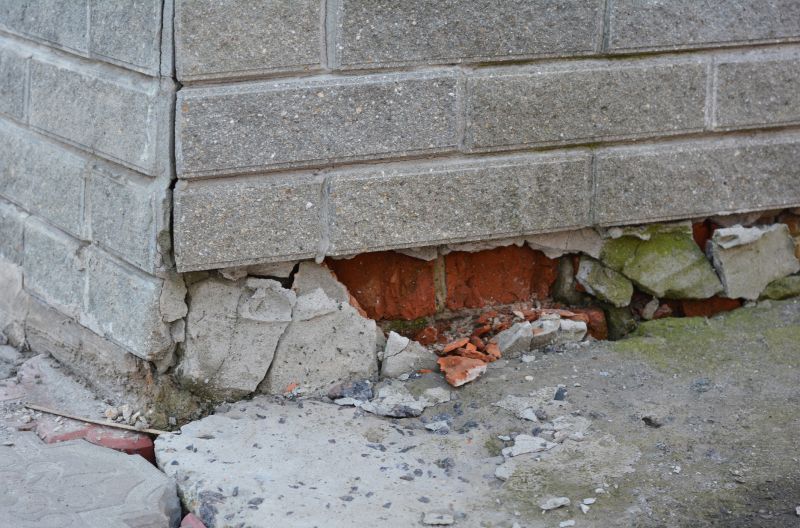
Images showcase the transformation and effectiveness of professional repairs.
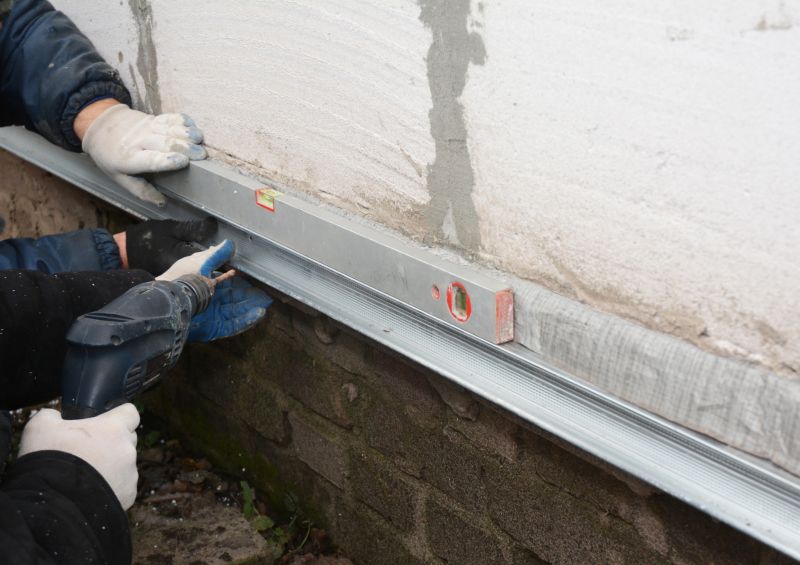
Specialized equipment ensures precision and safety during repair procedures.
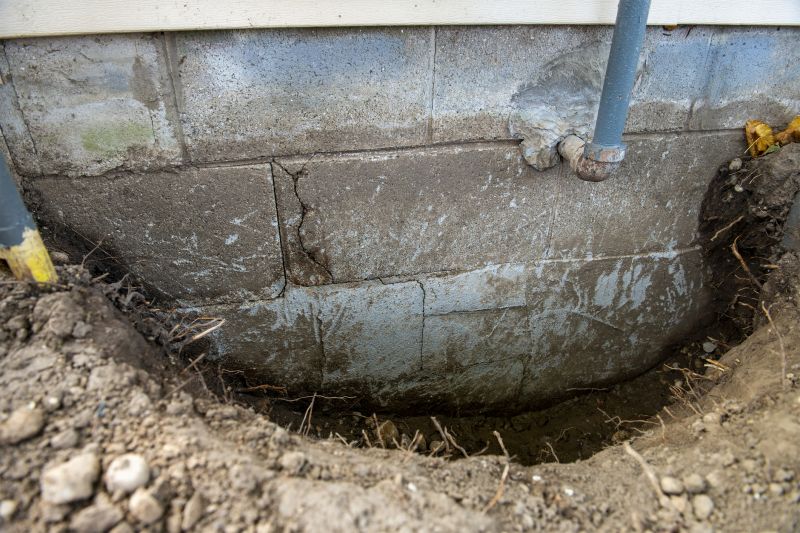
Addressing cracks promptly prevents further structural damage.

Underpinning provides additional support to weakened foundations.
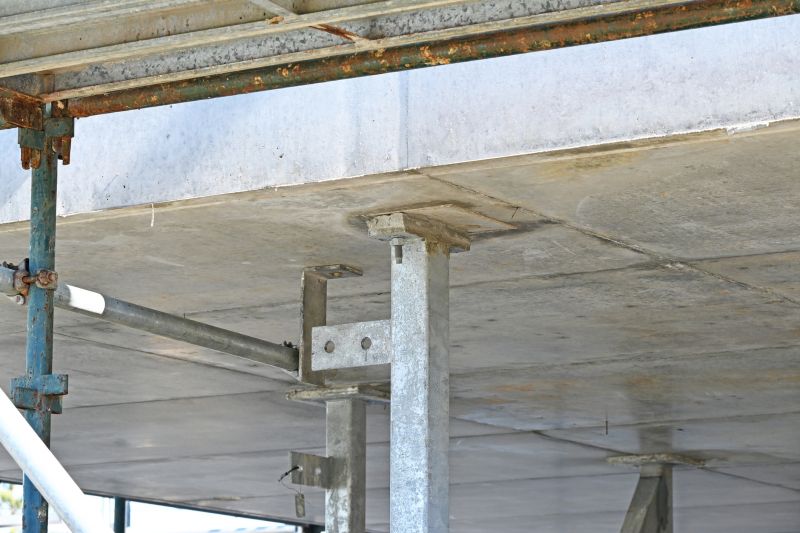
Piering stabilizes and lifts sinking or settling foundations.
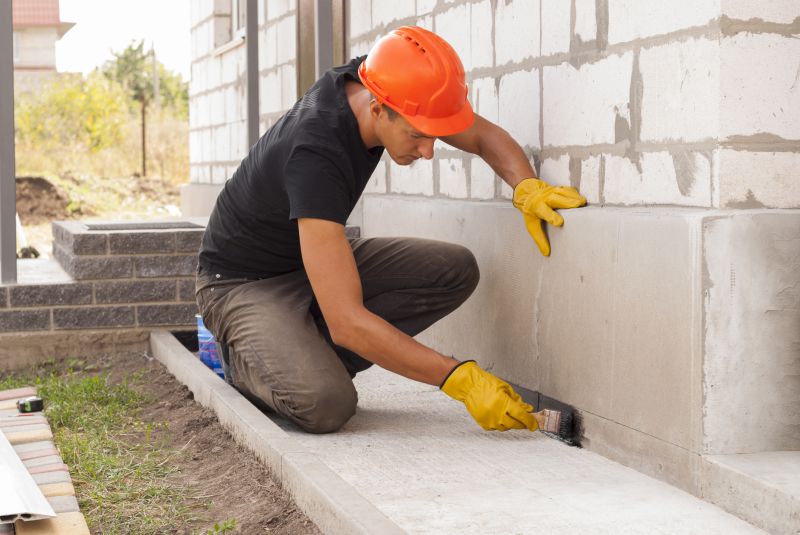
Techniques to improve soil conditions before or during repairs.

Advanced tools for accurate assessment of foundation issues.
| Season | Ideal Conditions |
|---|---|
| Spring | Moderate temperatures, moist soil, good for most repairs |
| Summer | Dry, warm weather, but high temperatures can cause issues |
| Fall | Cooler temperatures, less soil movement, optimal for repairs |
| Winter | Freezing temperatures, limited accessibility, potential delays |
Selecting the appropriate time for foundation repairs depends on local climate and soil conditions. Spring and fall generally provide the most favorable environments due to moderate weather and soil stability. Summer repairs are feasible but require precautions for heat and dryness. Winter repairs are less common and often limited to specific issues that can be addressed in cold conditions.

Technicians perform stabilization and reinforcement techniques.

Assessing damage before beginning repairs ensures appropriate solutions.

Heavy machinery used to lift and stabilize structures.
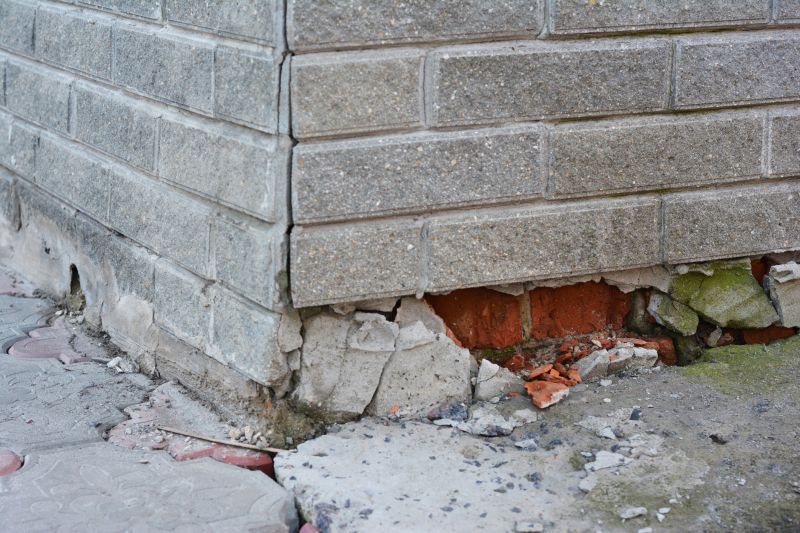
Restored structural integrity and property value.
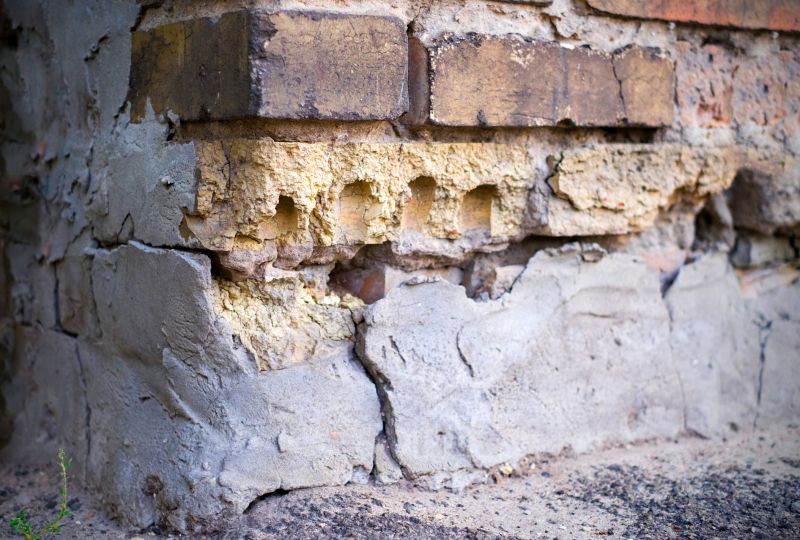
High-end options that actually feel worth it for Foundation Repairs.
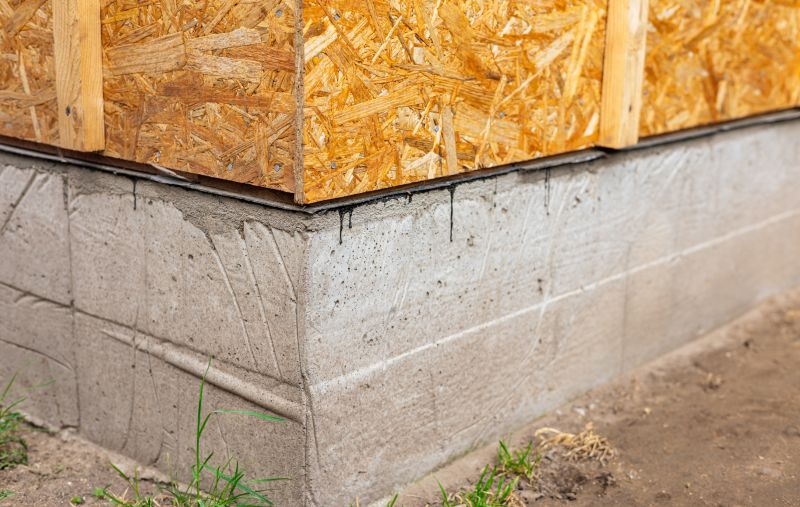
Finishes and colors that play nicely with Foundation Repairs.

Little measurements that prevent headaches on Foundation Repairs day.
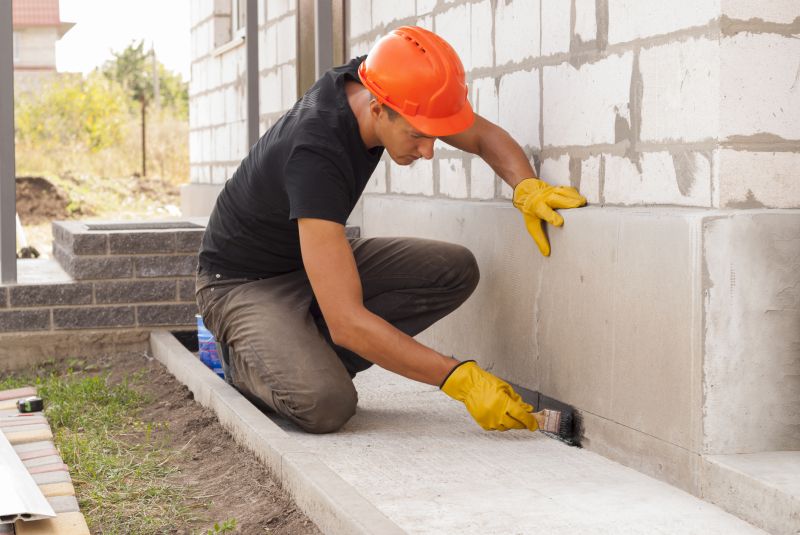
A 60-second routine that keeps Foundation Repairs looking new.
Timely foundation repairs help prevent further structural issues, reduce long-term costs, and maintain property value. Proper assessment, planning, and execution are essential to ensure the longevity of repairs. If there is interest in scheduling foundation repairs, filling out the contact form is recommended for further assistance.
A frequent mistake in Foundation Repairs and how to dodge it.
Small tweaks to make Foundation Repairs safer and easier to use.
Lower-waste or water-saving choices for Foundation Repairs.

